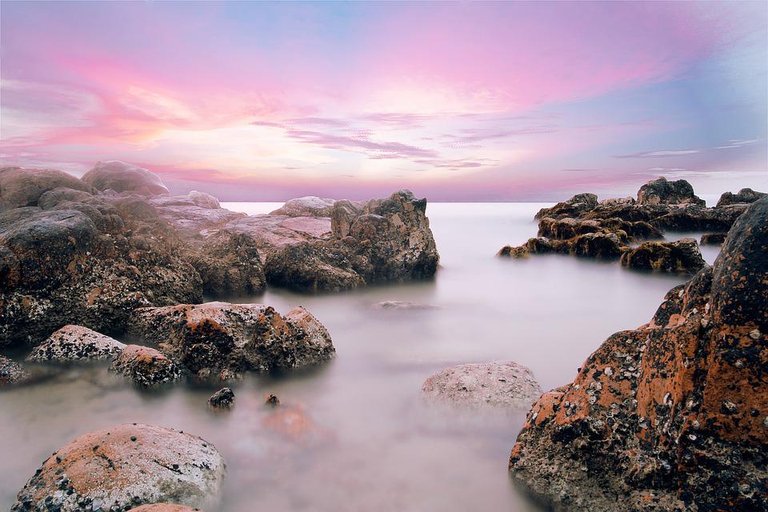Throughout human history we have only managed to explore 5% of the oceans. An unknown world that still contains many mysteries.
Pyrosomes
Pyrosomes are rare underwater creatures. A pyrosoma looks like an entire organism, although in reality it consists of several linked together: the zooids, which reproduce exact copies of themselves. Pyrosomes can reach the size of a whale.
Underwater cascade
This impressive spectacle can be seen on the coast of the Morne Brabant peninsula, which is part of Mauritius. Strong underwater currents constantly move layers of sand through the uneven bottom covered with corals. The sand vortices descend from the surface to the bottom, which is see the effect of a true waterfall.
Haloclin
Haloclin is a layer of water column in which the salinity of water changes rapidly with depth. Due to the different densities, salt levels and water temperatures, a dividing line appears between two seas that are almost unmixed. In the Danish town Skagen, from the coast you can see how the North and Baltic seas meet.
The structures of Yonaguni
These structures found on the Japanese island, Yonaguni, continue to provoke much controversy. Scientists try to discover whether they were created by humans or whether it is a natural phenomenon. What happens is that these pyramids could have been built by the civilizations that existed during the last ice age.
Milk Sea
For 400 years between sailors there are legends about the mysterious waters of the Indian Ocean that turn and glistening white. In 2005 a group of scientists decided to investigate this phenomenon and managed to identify the place where the water actually looked like a shining milk. Scientists have discovered that this effect arises due to the activity of bioluminescent bacteria. With their glow the bacteria attract the marine inhabitants and, in this way, enter their favorite habitat: the intestines of the fish.
Ice flowers
This floral landscape can be seen in the central part of the Arctic Ocean. These ice sculptures can reach 7 cm in diameter, and it form between air and water, appear only if there is very dry air, whose temperature is lower than the temperature of the water
m7 1217





